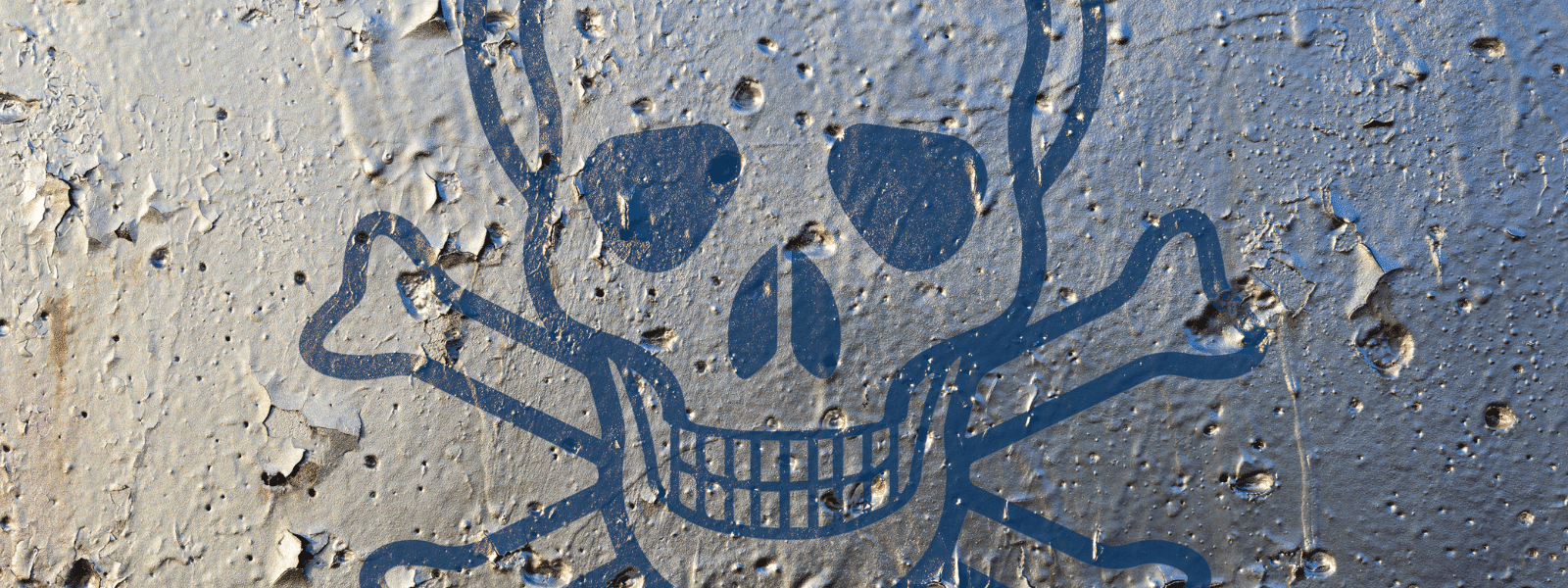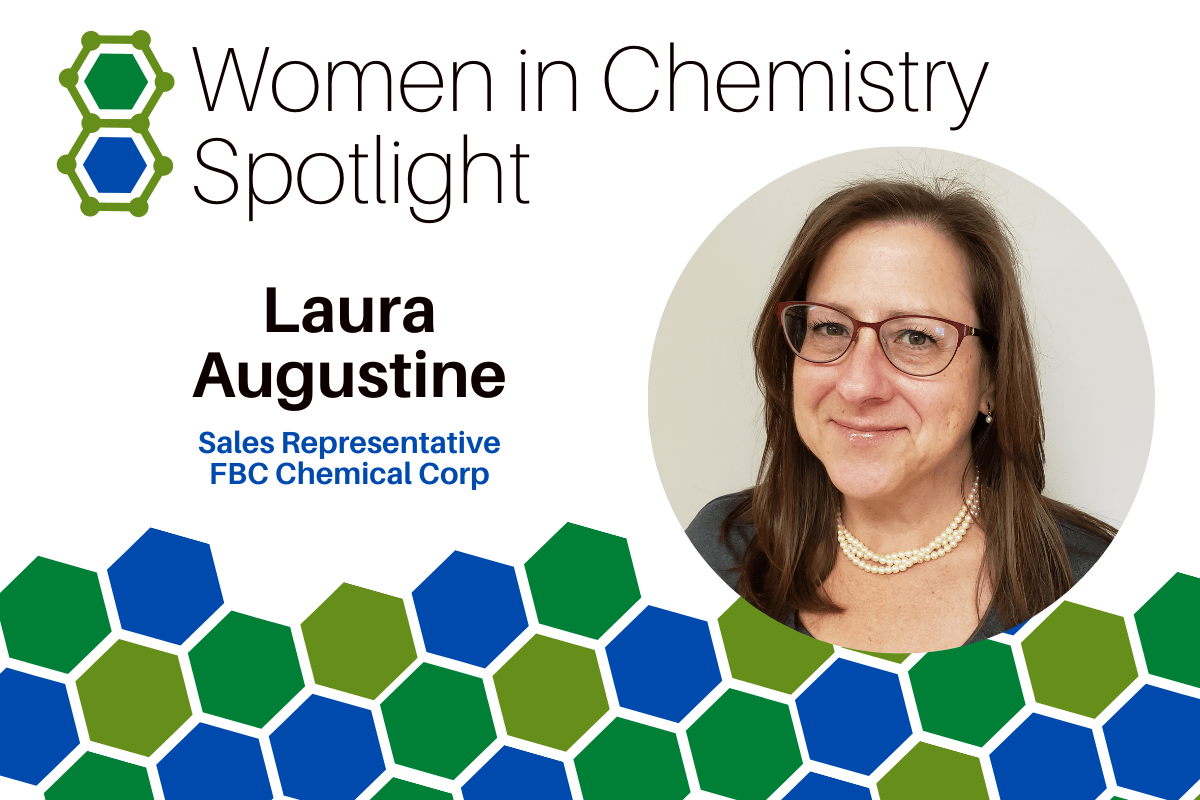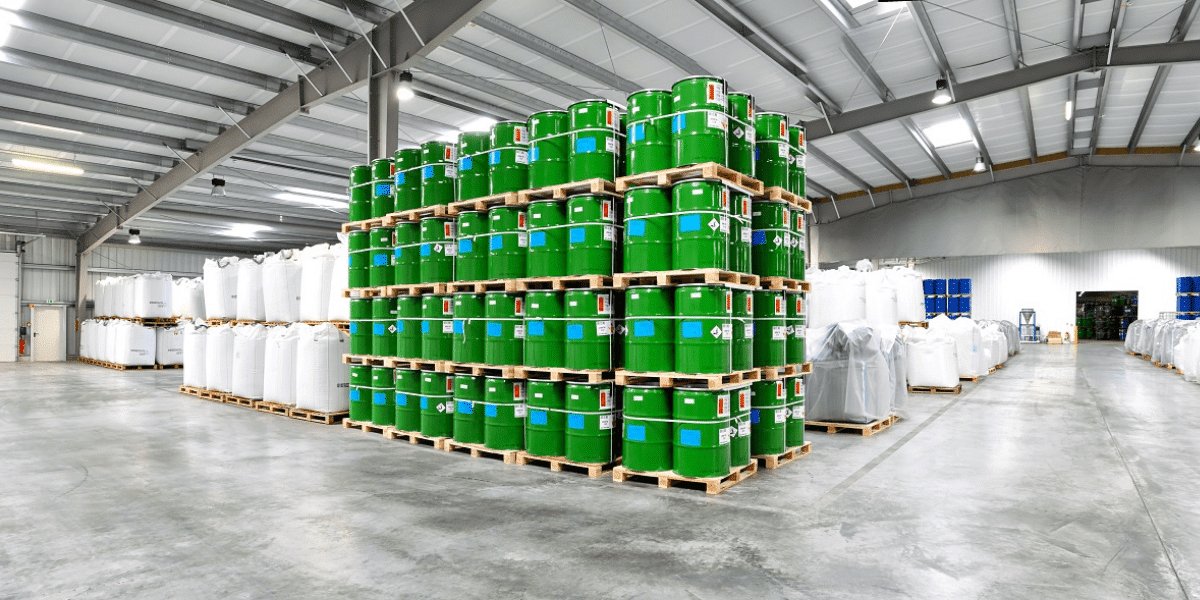Trichloroethylene, commonly referred to as TCE, has recently experienced a sudden increase in price. Though still widely used in the U.S. for...
Blog


CHEMICAL INDUSTRY NEWS
Chemical Chat – Discover What’s New!
Getting to Know Kellina Brennan
Kellina Brennan is currently a senior in high school and is one of two of Ecolink’s one-thousand-dollar scholarship recipients. We wanted to get to...
Laura Augustine Spotlight
"Do as A Woman Would Do It" Laura Augustine’s Beginnings in Industrial Chemicals For Laura Augustine, it all started with a newspaper ad. After...
Green Cleaning At School – Kellina Brennan
Because germs are invisible, we become quietly lulled into a false sense of security- a peace shattered with the...
Getting to Know Kellina Brennan
Kellina Brennan is currently a senior in high school and is one of two of Ecolink’s one-thousand-dollar scholarship...
Company News

Managed Services
Discover the Latest in Safe and Sustainable Chemical Solutions
Stay informed with Ecolink’s blog! Subscribe now
Chemical Management Information
Stay updated with us
Sign Up for the Latest Updates
Stay informed about chemical supply chain disruptions and emerging innovations to keep your business at the forefront of efficiency and innovation. Uncover new ways to make your business practices more sustainable by incorporating safer products into your cleaning lineup.


























